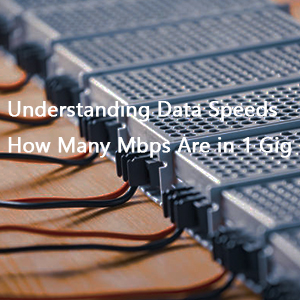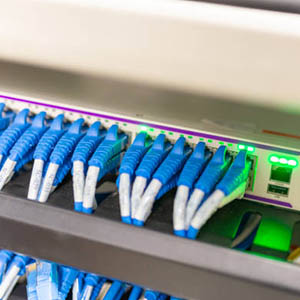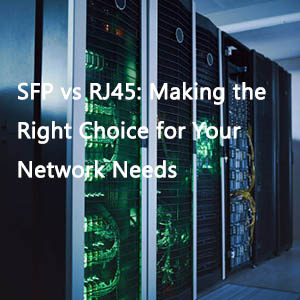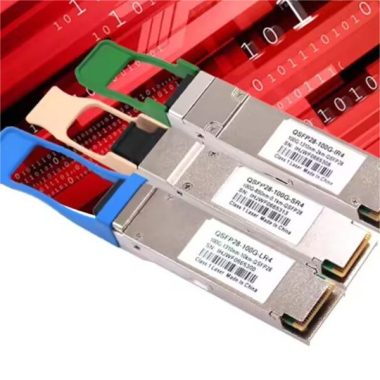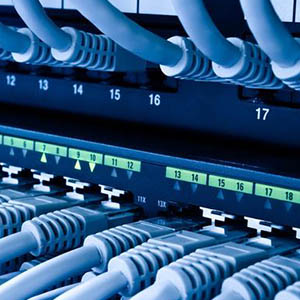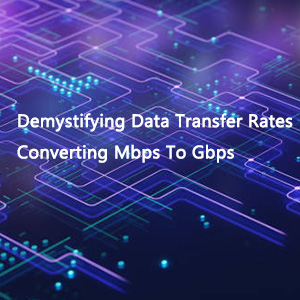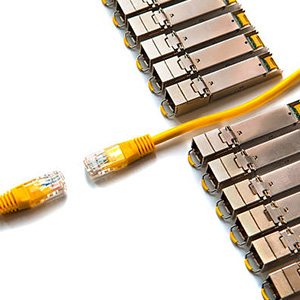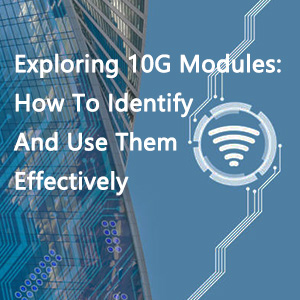The ever-evolving world of optical networking presents a myriad of connectivity options. One frequent question among professionals is whether QSFP+ transceivers can be plugged into QSFP28 ports. This article provides an in-depth analysis of their compatibility, use cases, and the technical considerations for seamless integration.
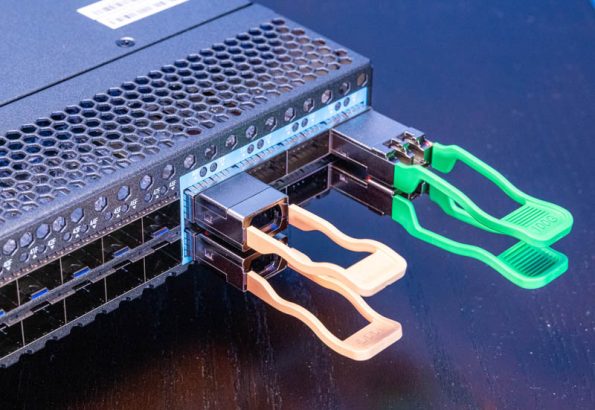
Understanding QSFP+ and QSFP28
What Is QSFP+?
QSFP+ stands for Quad Small Form-factor Pluggable Plus, a transceiver module designed for 40Gbps data transmission. It builds on the original QSFP standard and is widely used in modern data centers.
Key Features of QSFP+:
- Supports up to 40Gbps (4x10Gbps lanes).
- Compact design suitable for high-density networking environments.
- Backward compatibility with certain 10Gbps networks.
What Is QSFP28?
QSFP28 is an advanced version of QSFP+ that supports up to 100Gbps data transmission. It’s the industry standard for high-speed data centers and enterprise networks.
Key Features of QSFP28:
- Supports 100Gbps (4x25Gbps lanes).
- Backward compatibility with QSFP+ modules in most cases.
- Energy-efficient and ideal for dense networking setups.
Can You Plug QSFP+ into QSFP28?
The short answer is yes, QSFP+ modules are generally compatible with QSFP28 ports. However, there are specific considerations to ensure smooth operation:
Compatibility Factors:
- Port Design: QSFP28 ports are designed to accept QSFP+ modules physically.
- Speed Negotiation: QSFP28 ports can downscale their data rates to match QSFP+ capabilities (40Gbps).
- Switch Firmware: Ensure the networking device firmware supports this interoperability.
Technical Comparison: QSFP+ vs. QSFP28
| Feature | QSFP+ | QSFP28 |
|---|---|---|
| Maximum Speed | 40Gbps | 100Gbps |
| Lane Speed | 10Gbps per lane | 25Gbps per lane |
| Backward Compatibility | Compatible with 10Gbps | Compatible with QSFP+ modules |
| Power Efficiency | Higher power consumption | Lower power consumption |
| Applications | Mid-range data centers | High-performance environments |
Use Cases for QSFP+ in QSFP28 Ports
1. Gradual Upgrades
Using QSFP+ transceivers in QSFP28 ports allows organizations to transition to 100Gbps infrastructure while leveraging existing 40Gbps modules.
2. Cost Optimization
For networks that don’t require 100Gbps throughput immediately, QSFP+ modules offer a cost-effective solution.
3. Interoperability
QSFP28’s backward compatibility ensures seamless integration with legacy devices, reducing downtime during upgrades.
Challenges and Considerations
1. Speed Limitation
While QSFP+ modules work in QSFP28 ports, the maximum achievable speed is capped at 40Gbps.
2. Firmware Compatibility
Check the firmware of switches and routers to ensure they support QSFP+ modules in QSFP28 ports.
3. Long-Term Planning
While QSFP+ modules are a viable temporary solution, upgrading to QSFP28 modules ensures better performance and scalability.
Fiber-Life: Your Go-To Source for QSFP+ and QSFP28 Transceivers
Fiber-Life offers a comprehensive range of QSFP+ and QSFP28 transceivers to cater to diverse networking requirements.
Featured Products
- QSFP+ Modules:
- Available in SR4 and LR4 variants for distances up to 10km.
- Ideal for 40Gbps networking needs.
- QSFP28 Modules:
- Supports speeds up to 100Gbps.
- Available in SR4, LR4, and CWDM4 variants for various distance needs.
Why Choose Fiber-Life?
- Uncompromising Quality: Each module undergoes rigorous testing for reliability.
- Affordable Pricing: High-performance transceivers at competitive prices.
- Global Reach: Fast delivery and dedicated customer support worldwide.
Visit Fiber-Life today to explore the perfect transceivers for your network and take the first step towards seamless, high-speed connectivity.
Recommended For You!
-
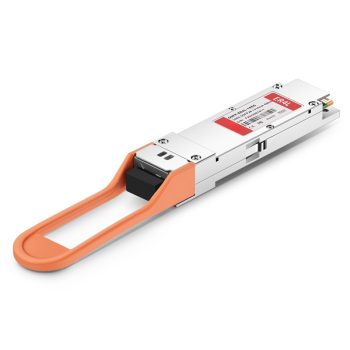 QSFP28 100GBASE-ER4L 1310nm 40km DOM Duplex LC/UPC SMF Optical Transceiver Module, Cisco QSFP-100G-ER4L-S Compatible
QSFP28 100GBASE-ER4L 1310nm 40km DOM Duplex LC/UPC SMF Optical Transceiver Module, Cisco QSFP-100G-ER4L-S Compatible -
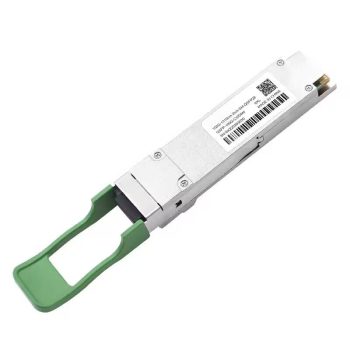 QSFP28 100GBASE-CWDM4 1310nm 2km DOM Duplex LC SMF Optical Transceiver Module, Cisco QSFP-100G-CWDM4-S Compatible
QSFP28 100GBASE-CWDM4 1310nm 2km DOM Duplex LC SMF Optical Transceiver Module, Cisco QSFP-100G-CWDM4-S Compatible -
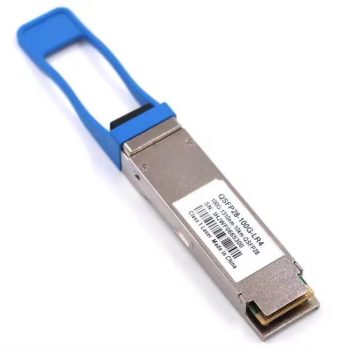 QSFP28 100GBASE-LR4 1310nm 10km DOM Duplex LC SMF Optical Transceiver Module, Cisco QSFP-100G-LR4-S Compatible
QSFP28 100GBASE-LR4 1310nm 10km DOM Duplex LC SMF Optical Transceiver Module, Cisco QSFP-100G-LR4-S Compatible -
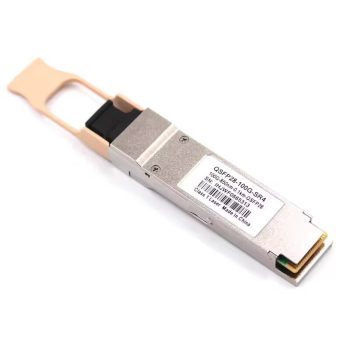 QSFP28 100GBASE-SR4 850nm 100m DOM MPO-12 MMF Optical Transceiver Module, Cisco QSFP-100G-SR4-S Compatible
QSFP28 100GBASE-SR4 850nm 100m DOM MPO-12 MMF Optical Transceiver Module, Cisco QSFP-100G-SR4-S Compatible


